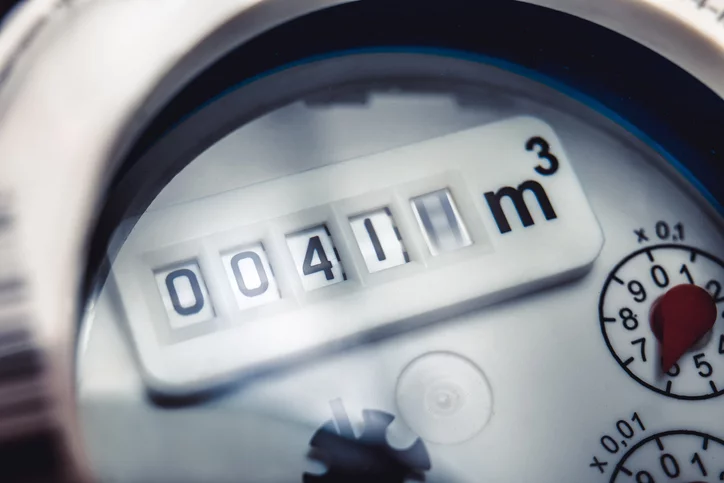Gloom and Bloom: Measuring emotional engagement with water-saving messages

Our Gloom and Bloom research is an important part of CCW’s People and the Environment programme. It supports our wider efforts to help the sector develop effective messaging that encourages people to change their behaviour and take action to reduce their use of water.
It explores different emotionally stirring water-saving campaign videos, from positive and uplifting (Bloom) to serious and startling (Gloom), to better understand how people respond to these messages.
The insights from this report will help to shape future campaigns and messaging strategies aimed at heightening awareness about the pressing need to reduce water consumption. One of the report’s key findings is that ‘gloom’ messages are best used to convey a sense of urgency (why to change). ‘Bloom’ messages work well when showing practical information and empowering people (how to change). An ideal structure would balance both types of messages.
The report also looks at the art of crafting impactful conclusions for videos, recognising that a strong ending that resonates with the viewer can significantly enhance its effectiveness.
Summary
The research found both positive (Bloom) and negative (Gloom) framing can be effective for water-saving messages, as there is no distinct overall preference between the two. However, careful consideration of some aspects of constructing the messages is needed to maximise their effectiveness. The following are a few examples from the report:
Tone (humour vs. serious)
The use of a humorous tone to convey bloom water-saving messages elicited mixed views. On the one hand, humour was seen as a memorable and potentially buzz-worthy approach when applied appropriately. However, such messages must strike a delicate balance, ensuring they incorporate a sufficient degree of seriousness to avoid undermining the gravity of the situation at hand.
Messengers
There was a consensus that water-saving communications require a credible messenger with in-depth knowledge of the subject, free from any apparent agenda. Given the present climate of diminishing trust, collaborations with charities and other organisations could gain significance in enhancing credibility about the need to reduce our water use. Additionally, participants strongly advocated for adopting a multi-channel approach to effectively engage diverse audiences.
Call to action
The study indicates that a ‘gloomier’ call to action tends to be more effective in inspiring behaviour change. Participants generally showed a preference for results that were negative and straightforward, as a direct and to-the-point message is more likely to elicit the desired response for water conservation.
The study revealed that a direct call to action has the most significant impact on encouraging water savings. Participants agreed that calls to action should be kept simple and easy to follow, irrespective of their tone, while avoiding the use of confusing terms or language. Clarity and simplicity were deemed essential for motivating individuals to take action towards conserving water resources.


